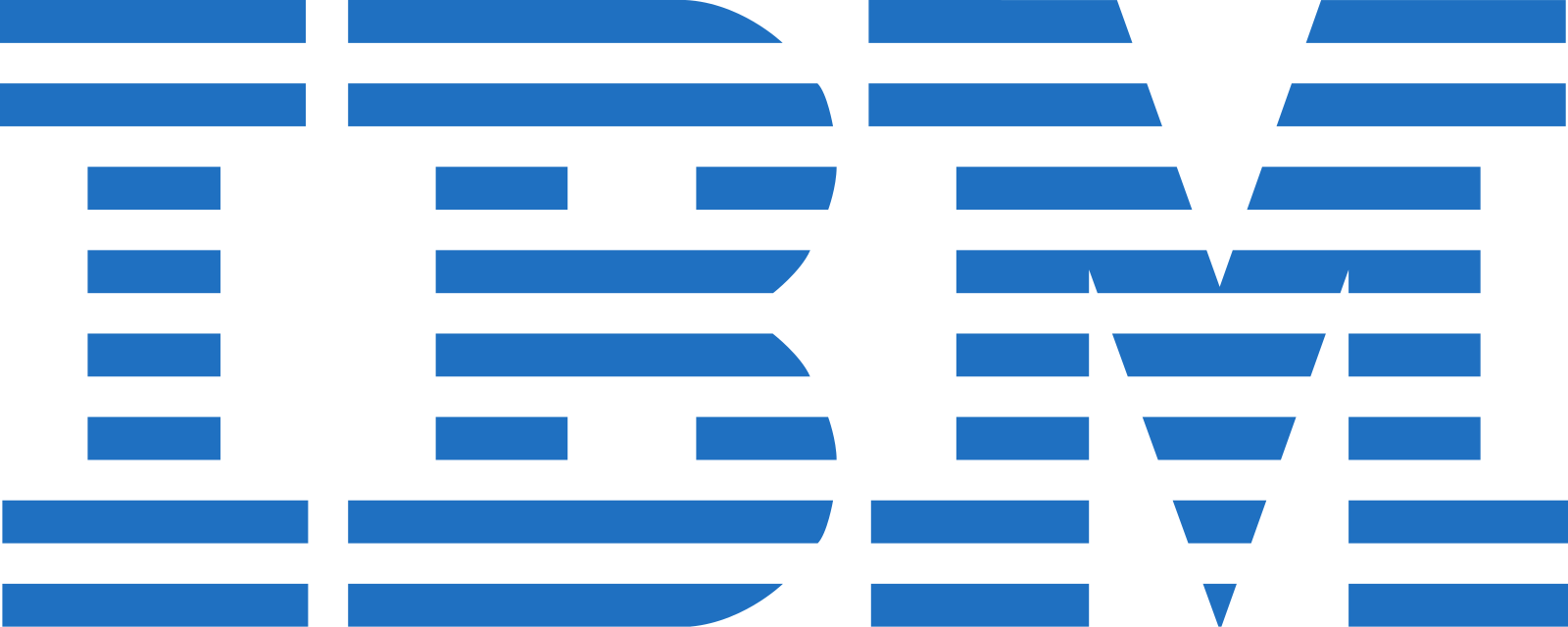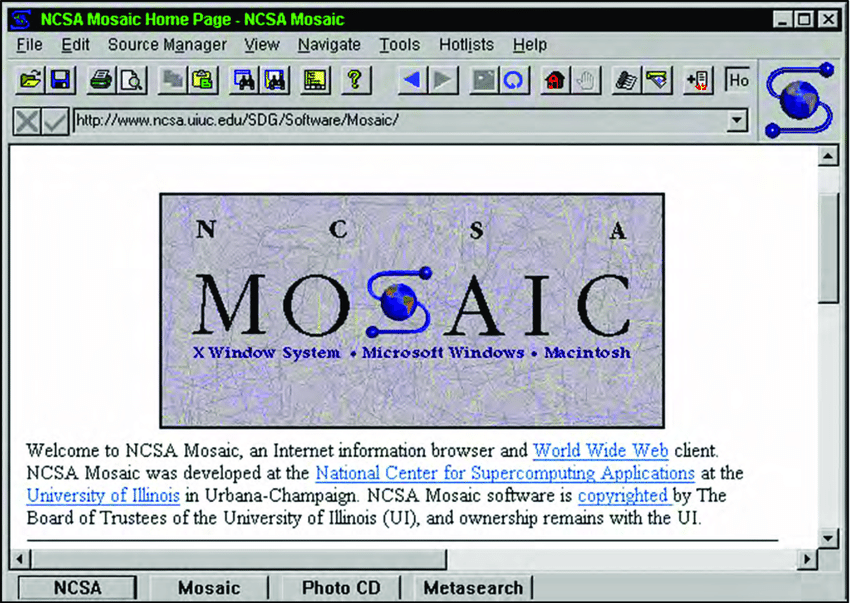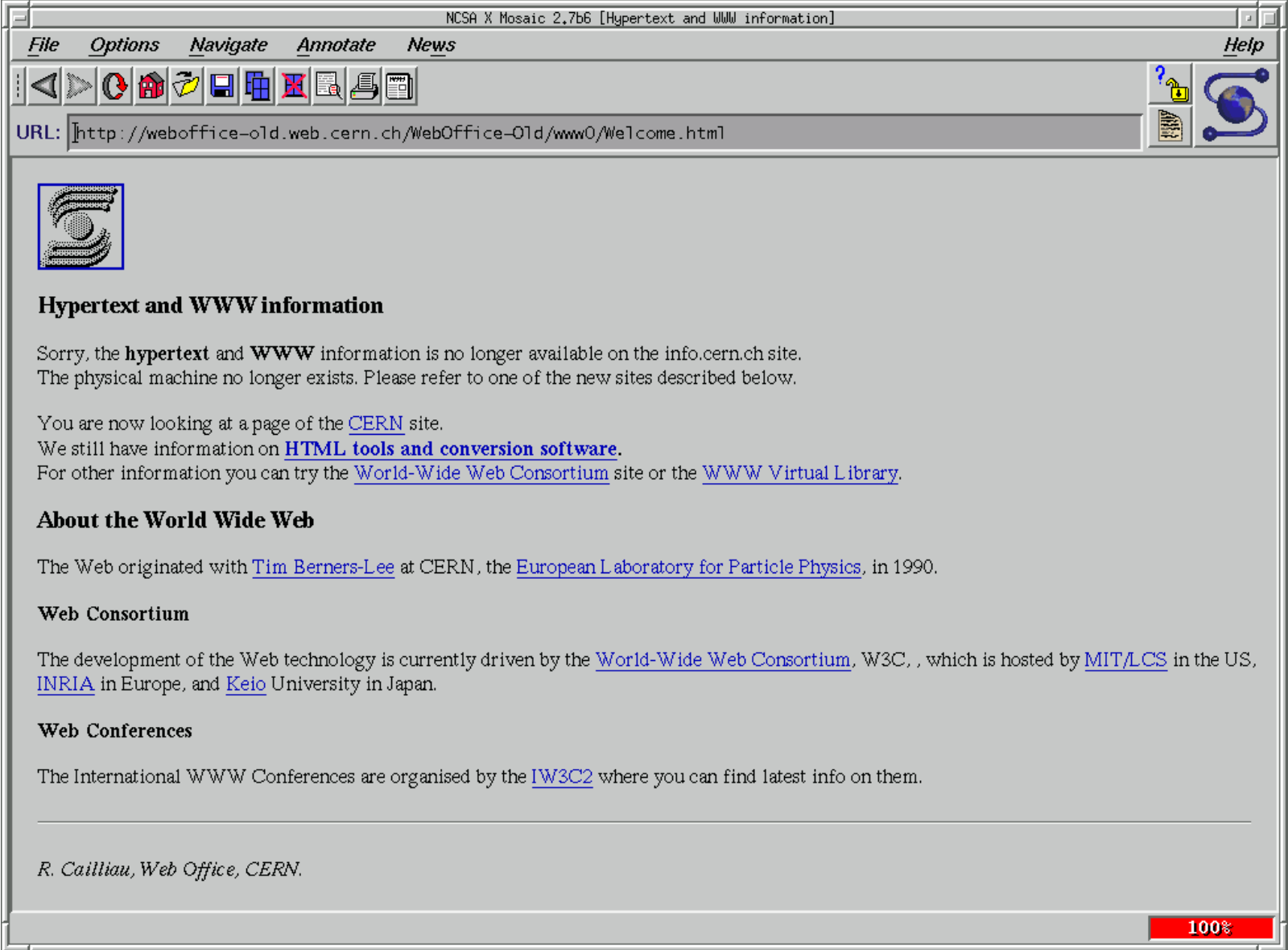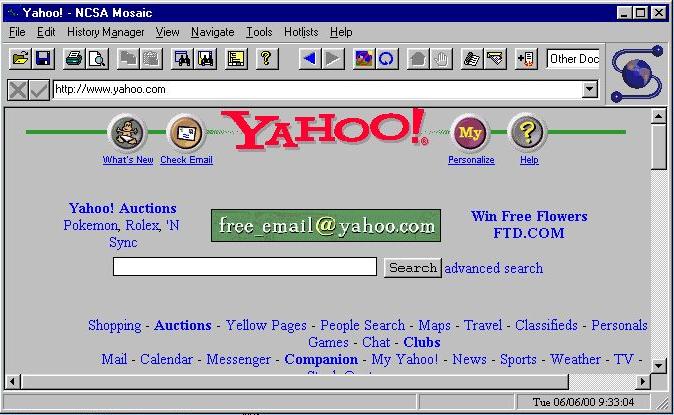When you hear the word "web browser" these days, most people think of Safari, Opera or Chrome. At the beginning of the nineties of the last century, this sector was dominated by Mosaic, whose introduction we will remember today. In the second part of the article, we will recall the day when the management of the bitcoin exchange managed to find part of the lost bitcoins.
It could be interest you

The Mosaic Browser Comes (1993)
On April 22, 1993, the National Center for Supercomputing Applications (US) released the Mosaic Web Browser version 1.0. It was the first web browser that used a graphical interface to display relevant content. The main developers of the Mosaic browser were Marc Andreesen and Jim Clark. The Internet browser Mosaic has gained quite a lot of popularity among users and was one of the number one on the market for a while. The cloud over it began to withdraw only during the second half of the nineties of the last century, when competition appeared on the scene in the form of Microsoft's Internet Explorer and Netscape Navigator.
The Unexpected Turn of the Bitcoin Exchange (2014)
The founders of Japanese bitcoin exchange Mt. Gox announced in the spring of 2014 that they managed to find more than a hundred million dollars worth of cryptocurrency in one of the old Bitcoin wallets. This unexpected twist came after the said exchange went bankrupt and thousands of users lost their Bitcoins. This event caused protests from users for understandable reasons. The file that was mysteriously lost and found again came from 2011, specifically 200 thousand Bitcoins were in the said wallet. MT representatives. Gox then promised to distribute the found Bitcoins among users, thus at least partially compensating for their loss. The total amount of "lost" coins was then 800 thousand Bitcoins.



